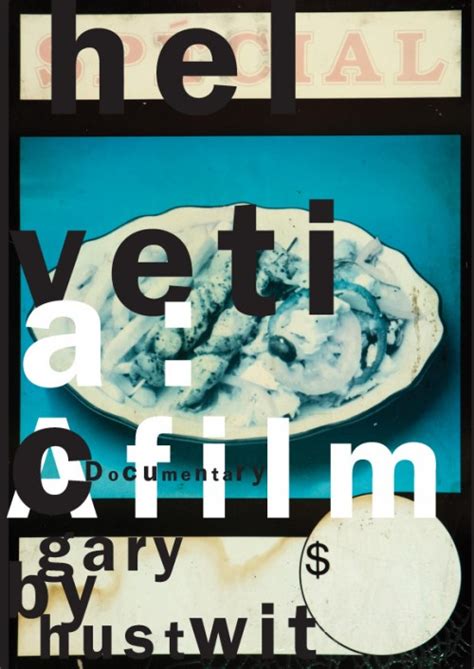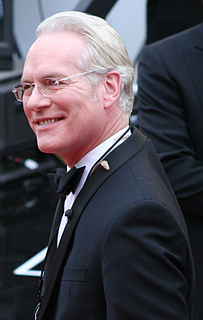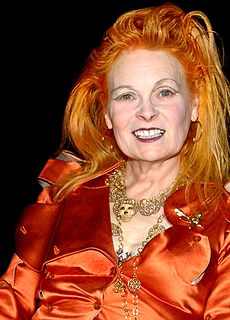Top 36 Quotes & Sayings by David Carson
Explore popular quotes and sayings by an American designer David Carson.
Last updated on November 21, 2024.
Having done a lot of magazines, I'm very curious how big magazines handle big stories, and I was very curious to see how 'Time' and 'Newsweek' would handle 9/11. And I was basically pretty disappointed to see that they had chosen to show the photo we'd already seen a million times, which was basically the moment of impact.
























